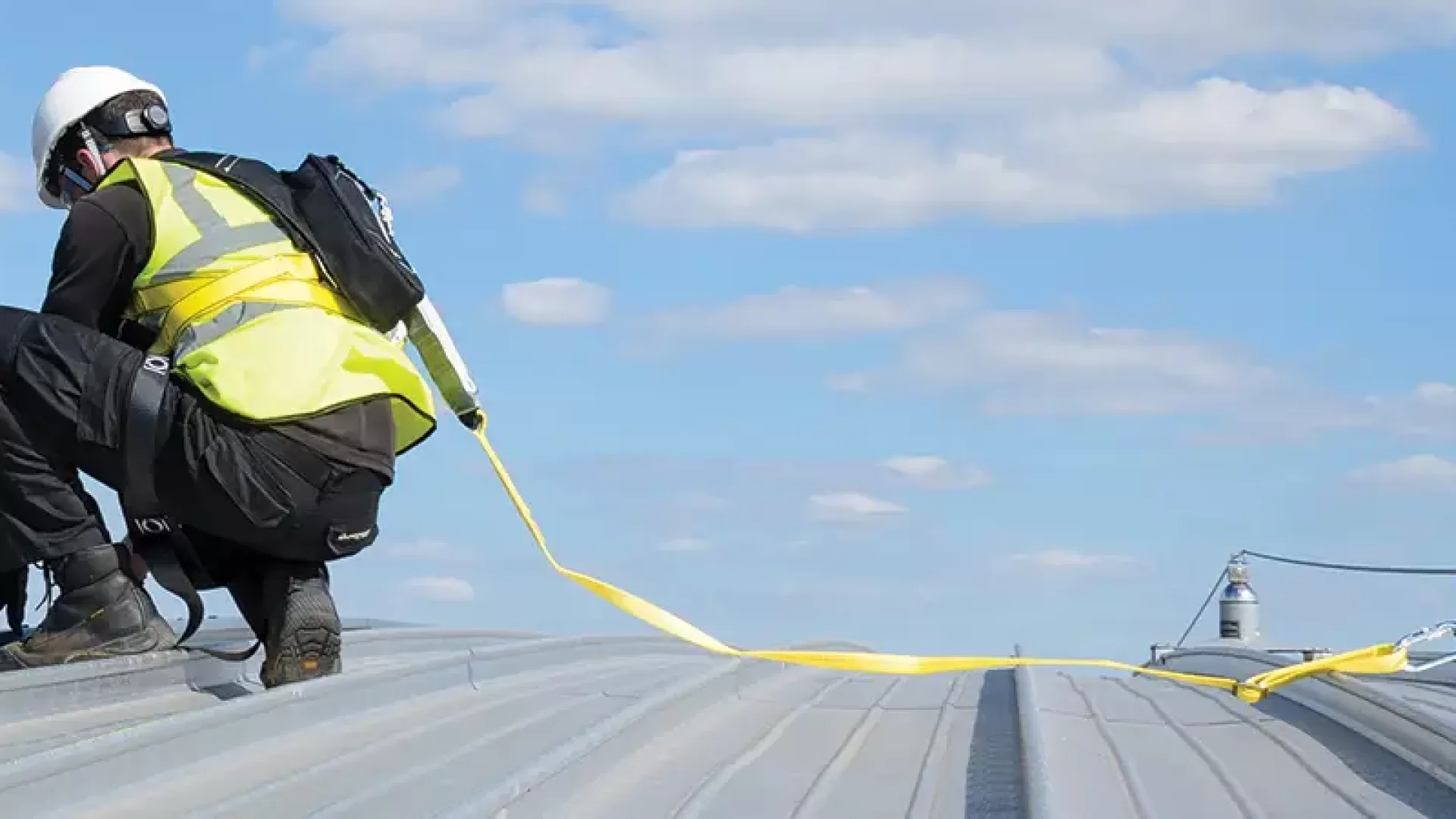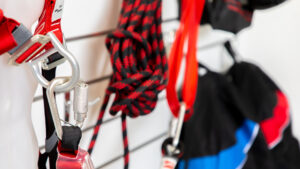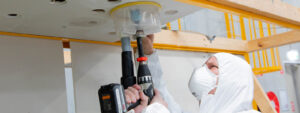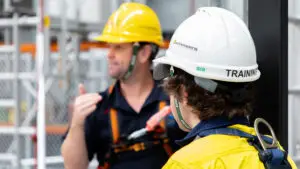Working in the heat of the outdoors brings a range of risks that are amplified when working at heights.
The need to regularly service air-conditioners and cooling towers during the summer season means that there is greater demand for work that is often undertaken at heights. As a result, it is vital that workers know how to remain safe when working in the Aussie heat.
The risks of working outside during summer
‘Heat-related illness’ is a term that describes a range of progressive heat-related conditions. These conditions include:
- Dehydration
- Heat exhaustion
- Heatstroke
- Fainting
- Heat cramps
- Heat rash
- Hyperthermia
In order to prevent heat-related illnesses, our bodies need to maintain an approximate temperature of 370C.
According to SafeWork NSW, from 2001 – 2013 there were 13 extreme heat work-related fatalities in Australia. Common themes that emerged from these cases were identified:
- Failure of colleagues to recognise the signs of heat-related illness.
- When working alone workers were unable to recognise the signs or call for help.
- Working during the hottest hours of the day.
- A lack of co-ordination between the parties responsible for workers’ safety.
- The need for systems to identify when a worker is suffering heat-related illness (and allow them to seek assistance if isolated).
- The need to schedule work to avoid the hottest time of the day or season of the year.
From these findings it is easy to see how missing the obvious signs and symptoms of heat-related illness was a key contributing factor.
HSE has put together a 7-step checklist to ensuring you stay safe when working at heights this summer:
1. Modify working hours
As there are more daylight hours in the warmer months, workers are able to adjust their working hours to avoid working in the hottest part of the day (10am-4pm). This may mean earlier starts or later finishes for workers. Adjusting workhours during the warmer months will help to maximise worker productivity.
2. Wear correct PPE
Ensuring all workers are equipped with the correct PPE will reduce the risks associated with working at heights in the heat. As the risk of an accident is increased by extreme weather conditions, PPE becomes increasingly important. During summer this means more than just making sure you have a harness and rope line to use with roof anchors. It means wearing long-sleeved shirts, trousers and a hat to protect from the sun.
3. Stay hydrated
SafeWork NSW suggests drinking at least 200 mL of water every 15-20 minutes while working in the heat. It is important to look out for co-workers and identify those who are not drinking enough water. Ensure yourself and fellow workers do not replace water with soda, energy drinks, coffee or alcohol as these beverages can exacerbate dehydration by increasing urine output.
4. Take regular breaks in the shade
Taking regular breaks can help reduce worker fatigue, avoid heat related illness and improve productivity. Allowing our bodies to rest out of the sun is important. If you see a coworker not taking regular breaks and becoming fatigued it is important to speak up. If there are no shaded areas located near the jobsite, workers should bring their own shading devices.
5. Be sun smart
It is important to wear lightweight and breathable clothing that protects, that keeps you cool and protects you from sun burning. It may seem obvious but it is important to reapply sun lotion regularly during the day to protect your skin. Additionally, UV protective sunglasses should be worn to protect the eyes from the harmful rays that reflect off metal roofs.
6. Check weather and site conditions before commencing work at heights
According to the Cancer Council, overexposure to ultraviolent (UV) radiation causes wrinkles, skin and eye damage, ultimately leading to skin cancer. The free SunSmart app takes away the guesswork by telling you when the UV is 3 and above meaning sun protection is recommended for your location.
Regularly check the weather report leading up to the commencement of work. If there are extreme weather conditions work should be rescheduled. It is also important to check the wind speed as this can present additional danger when working at heights.
During heatwaves, materials commonly found in roofing structures can become brittle and weak. Before commencing work at heights ensure you conduct a thorough site inspection to look for any damaged materials and ensure the working conditions are as safe as practicable.
It is also recommended that workers conduct a risk assessment to:
- Identify hazards – find out what could go wrong and what could cause harm
- Assessing the risks if necessary – understand the nature of the harm each hazard could cause, how serious the harm could be and the likelihood of it happening
- Controlling risks – implement the most effective control measures that are reasonably practicable in the circumstances
- Reviewing control measures – to ensure they are working as planned
7. Be aware of the symptoms
The common signs and symptoms of dehydration, heat exhaustion and stress include headaches; dizziness; faintness; nausea and vomiting; cramps in the limbs and stomach; confusion; poor judgement; and lack of concentration. One sure-fire way of identifying advanced heat related illnesses is when the patient ceases to sweat. When this occurs, it is necessary to take fast action and seek urgent medical help – as the patient’s condition is well advanced. HSE’s RIIWHS204D Working Safely at Heights Course is designed to educate workers on the risks associated with working at heights, including risk assessments and control measures.
Follow this 7-step checklist to ensure your employees are able to reduce the risk of heat-related illness this summer. Businesses can significantly reduce the risks for all employees working at heights this summer by having the correct PPE, relevant skills and knowledge.





